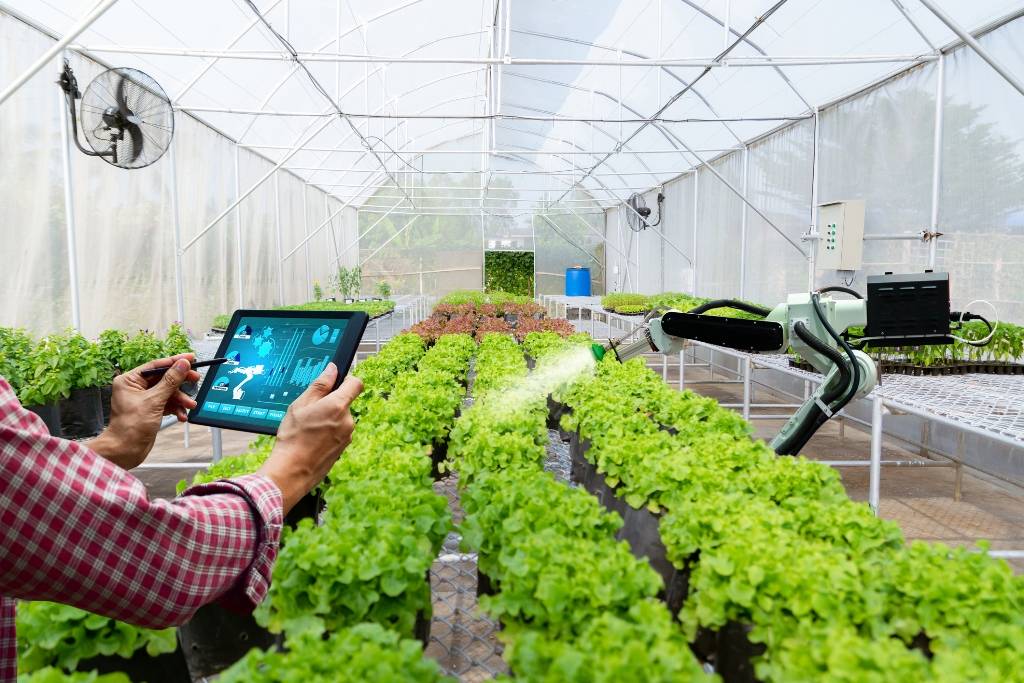The world’s population is growing steadily, and currently stands at 7.7 billion people. A question that arises is, “What are these individuals going to eat?” primarily, this question is addressed to the agricultural sector.
Population growth is not the only problem facing modern farmers. What about labor shortages and consumer demands for environmentally friendly food? Traditional methods, however, are unable to meet this enormous need. This prompts farmers and food producers to seek innovative ways to improve their production while reducing waste. Smart agriculture is the answer to all these questions.
What is smart agriculture?
Smart agriculture is the management of farms through the use of advanced information and communication technologies to maximize the quantity and quality of crops while minimizing the amount of human labor required.
Smart agriculture is becoming more and more important due to the growth of the world population, the need to use natural resources more wisely, the growing demand for higher agricultural yields, the increasing use and the growing need for climate-smart agriculture.
Benefits of smart agricultural technologies
Internet of Things (IoT)
The Internet of Things (IoT) opens up endless possibilities for smart farming techniques, allowing farmers to monitor and control their farm operations through linked gadgets. Farmers, for example, can use their cell phones to monitor animals and crops from the comfort of their rooms, while collecting crucial information and data to help them make a more informed decision.
Agricultural drones
Drones are used in many areas these days, and for good reason. Drones not only observe crops by flying over them, but also help farmers manage their crops more sustainably. Drones can even detect animals before fieldwork begins, saving many lives every year.
Drones can do much of the work that was previously done by humans, which is an important step towards reducing the labor shortage in today’s economy. Here are some examples of tasks that drones can perform:
-
Improve agricultural safety and monitoring
-
Monitoring and management of animals, crops and soil properties
-
Pest and weed control
Smart sensors
Farmers can receive accurate information on a wide variety of factors, such as salt concentrations, acid levels and soil temperature, using sensors placed on their farms. In addition, the sensors can forecast weather conditions for the next few days or weeks, allowing farmers to take the necessary precautions to protect their crops and livestock.
Robotics
Nowadays, farms are home to a wide variety of robots. One of the most common forms of agricultural robots is the milking robot which, as the name suggests, can milk cows automatically. Similar robots can efficiently pick weeds, plant seeds, and harvest crops, increasing yields and profitability.
Smart farming applications
Farmers can simply track and manage their crops and animals from any type of device and around the world with smart farming. Farmers are given specialized smart farming apps to help them do this. Depending on the application, statistics may also be included in these applications, making it even easier for producers to make informed decisions.











More Stories
Sri Lanka’s post-harvest losses in agricultural sector exceed Rs. 55 billion – – The island
SAU Vice-Chancellor emphasizes effective research in agricultural sector
Agriculture sector threatened by climate change, expert says – Pakistan